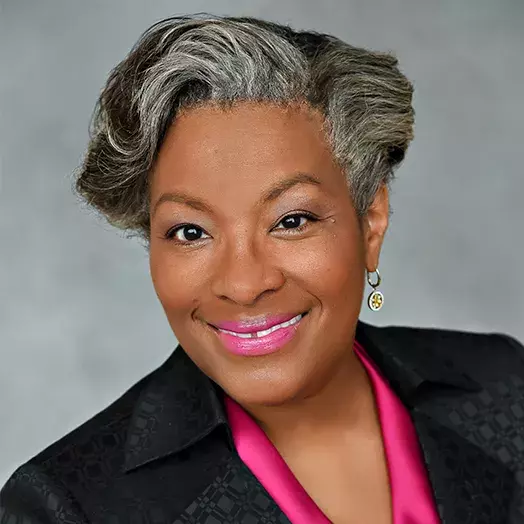Carey alumnus outlines COVID-19’s impact on hospital operations and health equity.

Q&A: Promoting health equity during COVID-19
A Q&A with Sandra E. Brooks, MD, MBA (Johns Hopkins Carey Business School '06), senior vice president and chief medical officer at Thomas Jefferson University Hospitals and Jefferson University Physicians
Hospitals are changing their staffing, communications, and overall management to adapt to the influx of COVID-19 patients. Brooks is at the helm of many of these changes. She argues that health equity must be front of mind in every hospital decision.
In the following Q&A, Brooks discusses COVID-19’s impact on hospital operations and health equity.
Q: Do you expect COVID-19 to have lasting effects on how hospitals budget, recruit and train staff, or provide care?
SANDRA E. BROOKS: The impact of this pandemic will be felt for years to come. Most systems are grappling with how to not only protect staff in every way possible, but also how to plan for future growth in an environment of economic uncertainty. Leadership and careful stewardship will be critical in the coming days. At our center, I believe we are fortunate to have dedicated providers and staff and a best-in-class leadership structure that allows us to communicate and mobilize quickly. For example, multiple access points for testing, telehealth, and other forms of communication were implemented or accelerated in order to engage the entire system to create surge plans and adapt to an evolving situation. The platforms created for dissemination of best practices, communication, and training will be invaluable as we prepare for the post-COVID-19 pandemic recovery phase.
Q: You have published on systemic health inequity during COVID-19. What should we be doing today to promote health equity in the COVID-19 era?
A: In my opinion, it would be important to view policies and practices from a health equity lens to aid in identifying how initiatives and actions will differently affect the population served. Health systems can ask, whom can we engage to make certain that our policies and practices are promoting equity and not disadvantaging segments of our population in ways we have not anticipated? Can we provide additional support to areas we know are at risk for adverse health outcomes related to structural or economic barriers? Examples include making certain testing sites are accessible, implementing social care network tools, and collaborating with community and business partners. It will also be important to synthesize data from a variety of sources to make certain our plans are inclusive as we determine how to provide a wider range of services when it is safe to do so.
Q: Is there anything we can be doing ourselves as individual citizens or patients to promote health equity in the COVID-19 era?
A: Many people have family members and neighbors who may be vulnerable or at risk for adverse health outcomes. Helping those individuals to optimize their living environment, advocate for services, and understand treatment options are potential steps one can take to promote health equity. As citizens, we can choose to actively participate in our community, execute our right to vote, and be aware of the policies that might impact health outcomes for [issues] that might not generally be thought to be health-related such as transportation services, broadband access, and access to quality education.
As patients, we can recognize that many of the things that determine our health happen outside of the hospital, some of which are in our direct control, and many of which are related to the environment in which we live. With respect to our personal health, we have a right to understand the health issues we might be facing, what those issue mean to us, and what we can or should do about them. I encourage people to have someone accompany them (virtually if necessary!) to office visits to help them understand what is being said, and to ask probing questions. Advocacy can and should occur at all levels.


